The Patterns of Fly Fishing
As fly fishermen, we’re constantly tuning into the patterns of nature. We watch the surface of the water for rising fish. We use the pattern of the currents to pick our drift. We mimic the shape and movement of insects and smaller fish to tempt our wily opponents into biting.
While patterns may be predictable, mimicking them is a slowly honed art. Even seasoned fly fishermen are occasionally stumped by the same age-old angler’s question: what on God’s green earth are the fish biting on?
It’s for that very reason that we like to carry a seine net.
What is a Seine Net?
In the context of fly fishing, a seine net is any net with fine enough mesh to catch the bugs, crustaceans, and other small particulates moving through the water column. Many fly fishing seine nets are designed to fit over the top of your fish net, making it easy to pull out or stuff away as needed.
How to Use a Seine Net
First consider what sort of fly fishing you’ll be doing; you’ll want to position your net in the relevant section of the water column. (Seining the bottom of the river likely isn’t going to help you catch more fish on a dry fly.) If you’re running a nymph rig, you’ll find that seining the middle or lower portions of the water column is most useful.

A trico nymph.
Start by placing the net in the water downstream of your position. You’ll catch any emergers floating past, and if you shuffle the river rocks around with your feet or rinse a few rocks upstream of your net, you should find all manner of larvae, nymphs, and crustaceans. When you’re fishing dries, seining the surface can give you a good look at what might be most tempting to rising fish.
What Can a Seine Net Tell You?
“Match the hatch” is a common phrase tossed around in the world of fly fishing—and for good reason. During hatches, when the water column is crammed with one type of emerging nymph, many fish become selective feeders—devouring nothing but the dominant insect species. Even if you know in general terms what they’re eating (mayflies, midges, caddisflies, and stoneflies are arguably the most important to trout fishermen), a closer look at the shape, size and color of what’s down there can greatly increase your fly fishing success. When we’re feeling stumped, we like to do a seine, snap a picture, and start experimenting with whatever we find in our fly box that looks closest to the bugs we find.

This can be an especially effective tool for beginners. Walking into a fly shop can feel intimidating. When there’s hundreds of flies to choose from, where does one start—especially considering the price of filling a fly box?
The first step is asking. Don’t be shy—folks at the fly shop are there to help set you up for a successful day on the water, and they’ll often have up-to-date information on river conditions. That said, you don’t need to work at a fly shop, be a guide, or devour an entomology textbook to get a feel for what flies you might need. All you really need is your seine net.
Questions? Comments? Stories? Share your thoughts below!

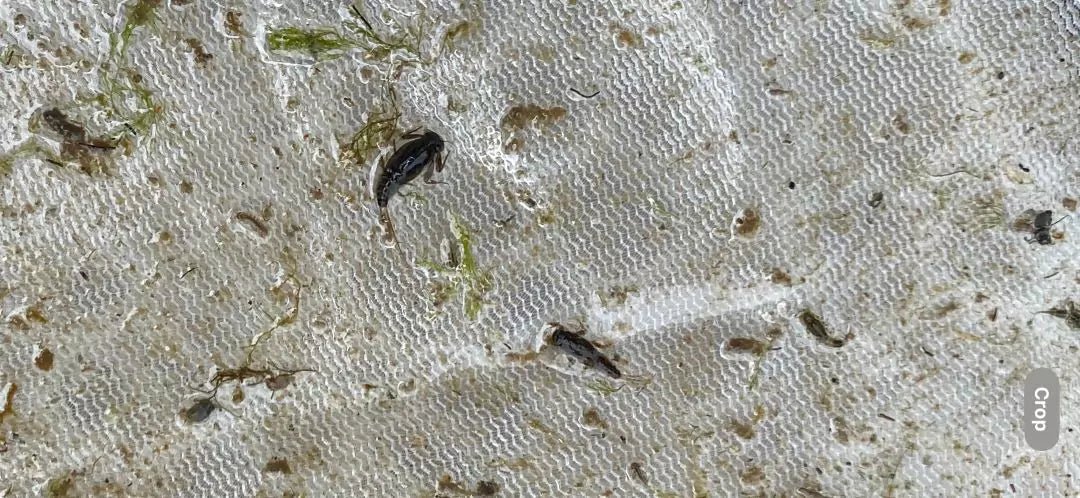
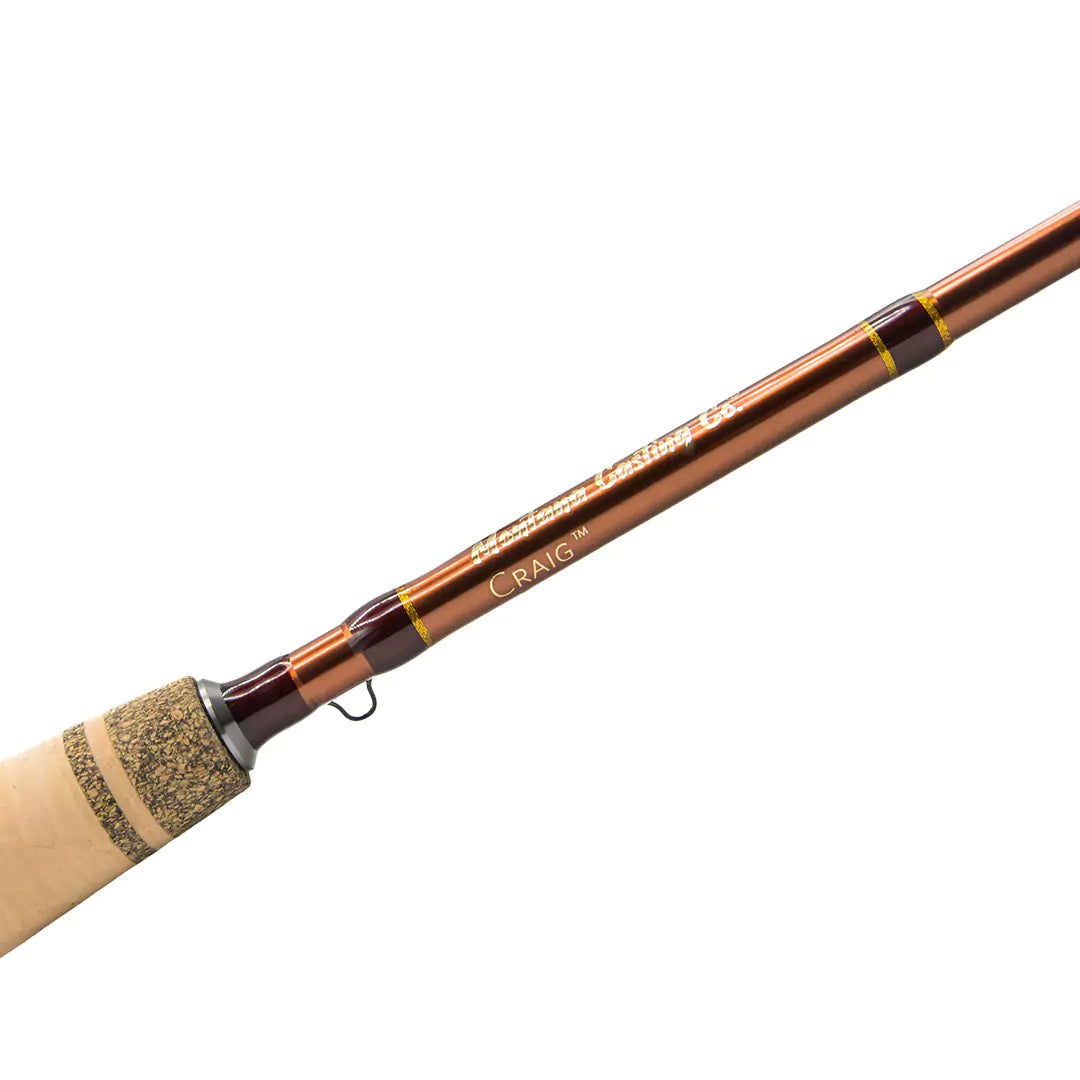
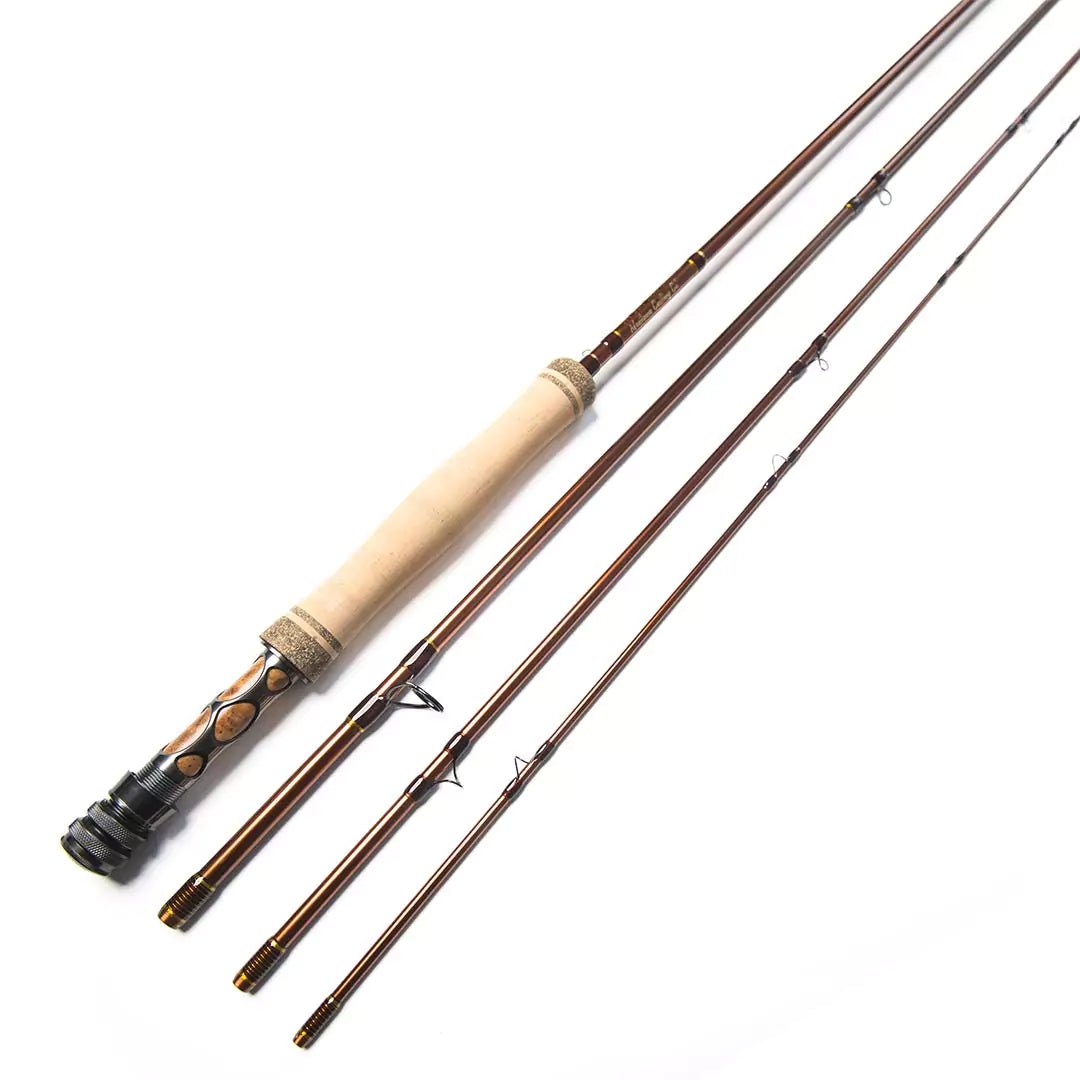
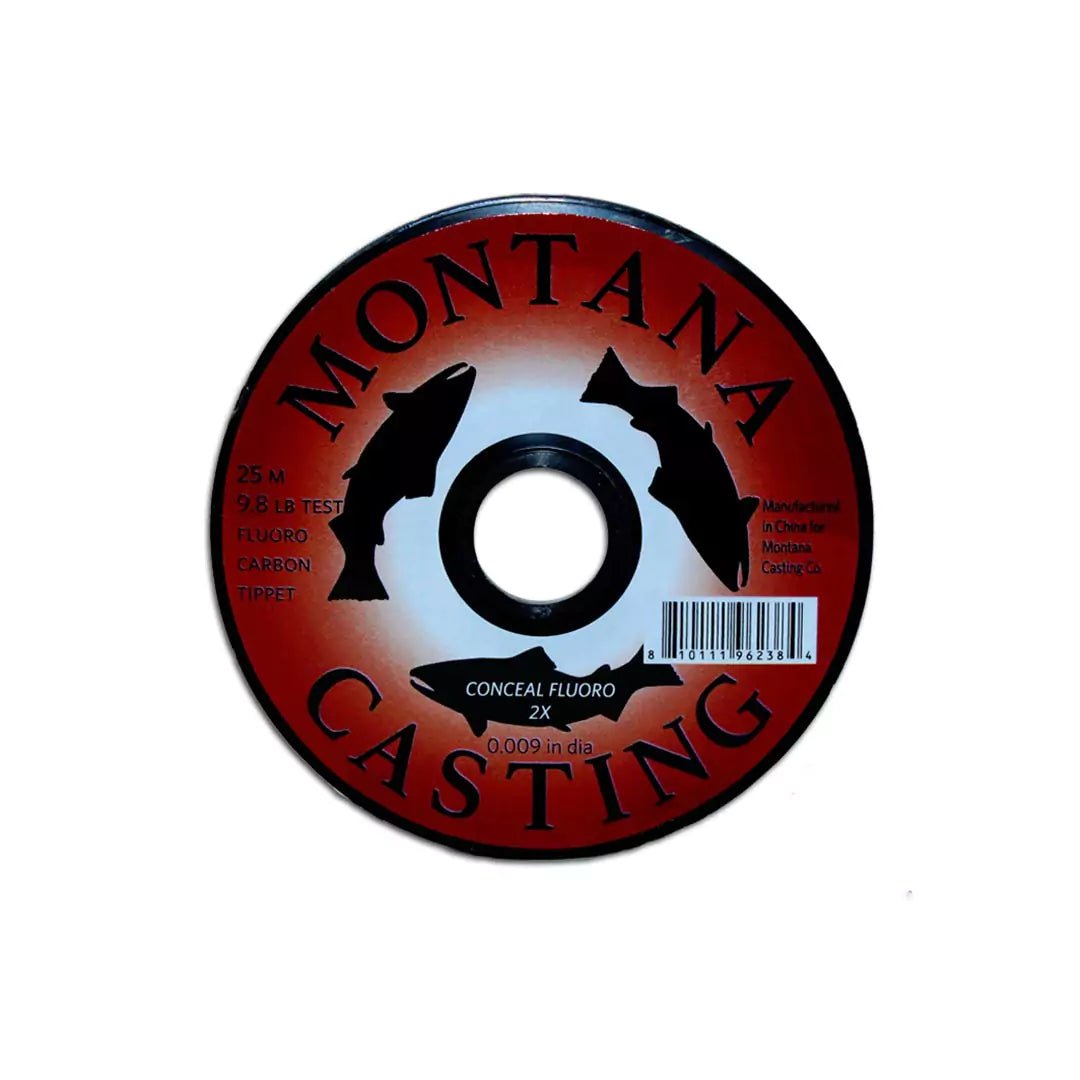
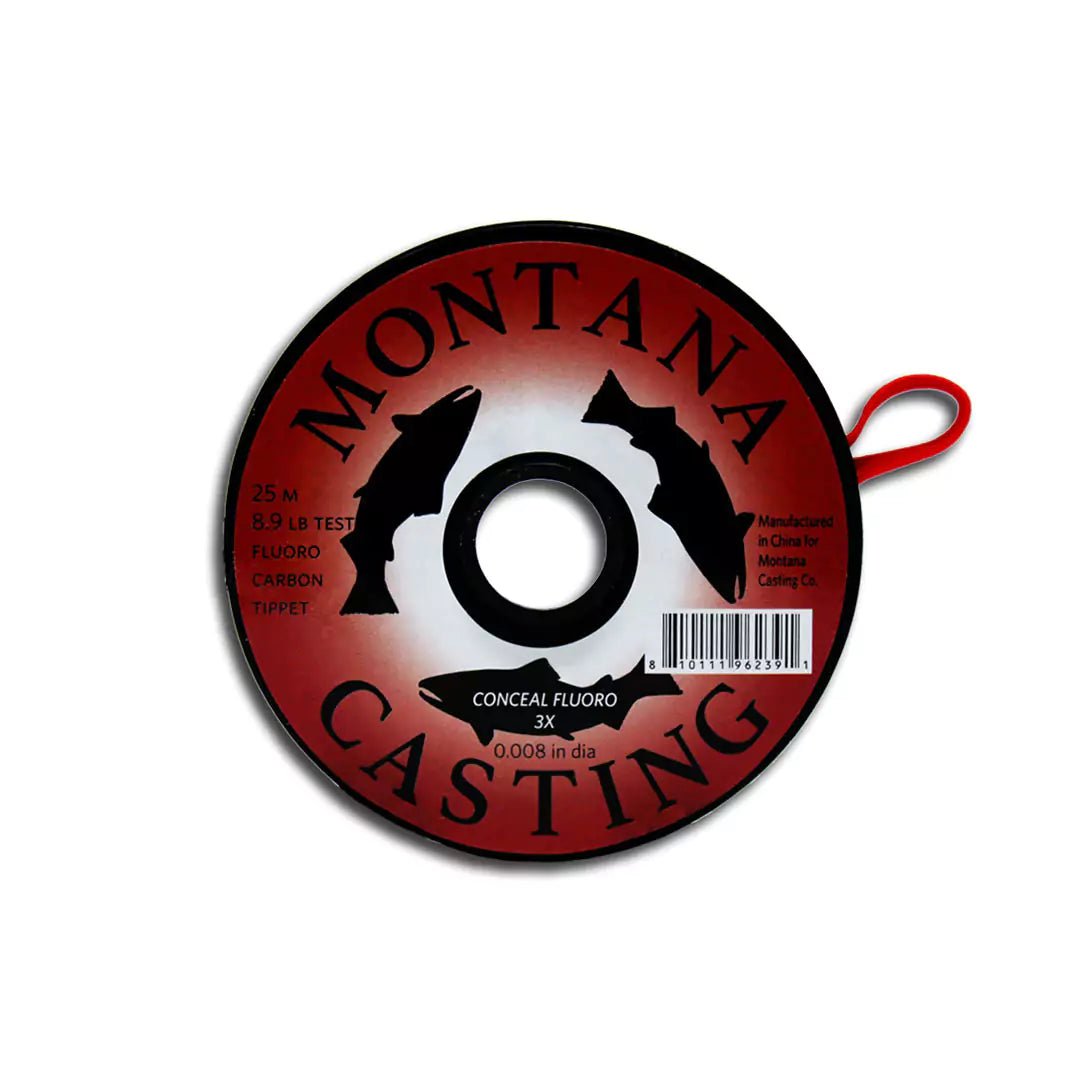
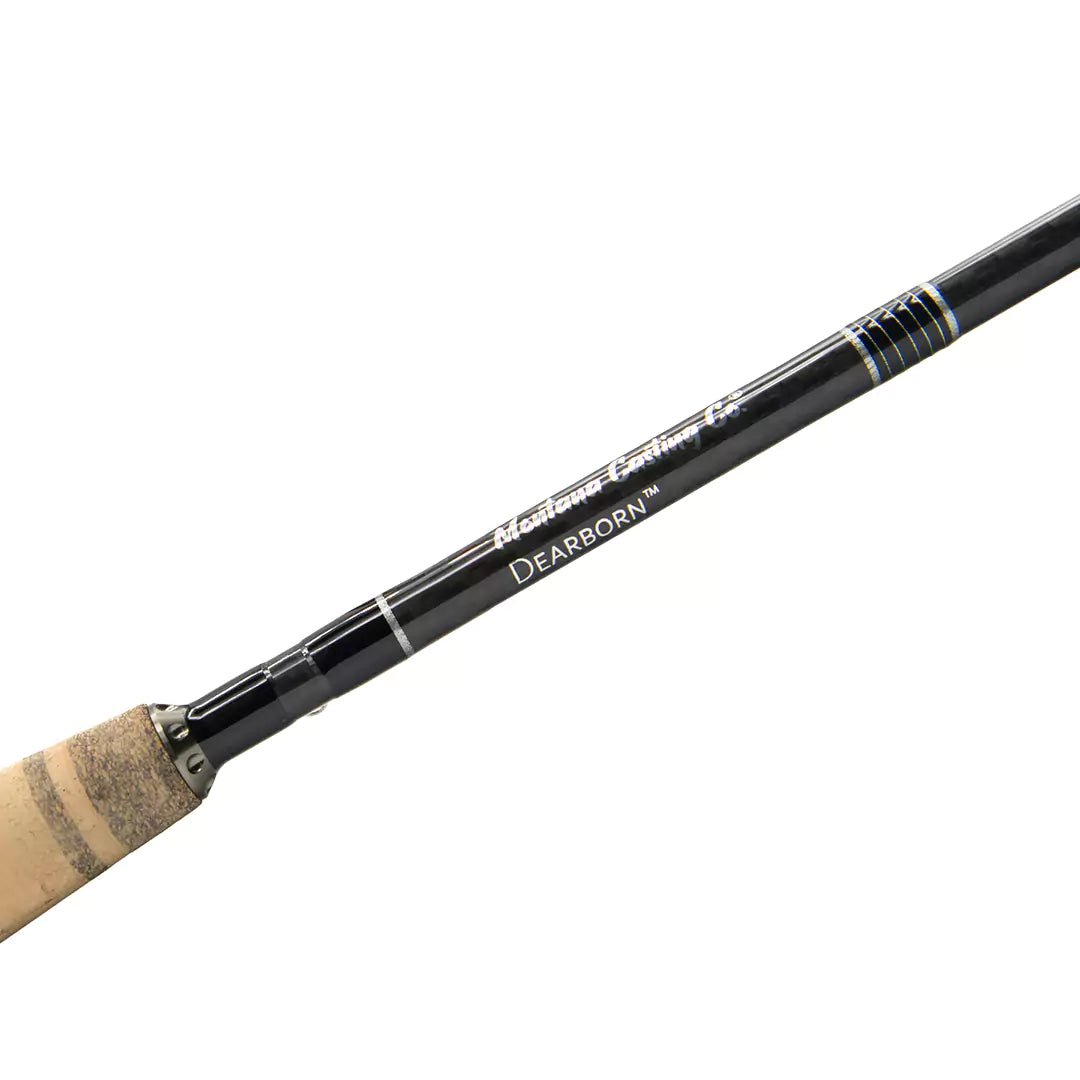
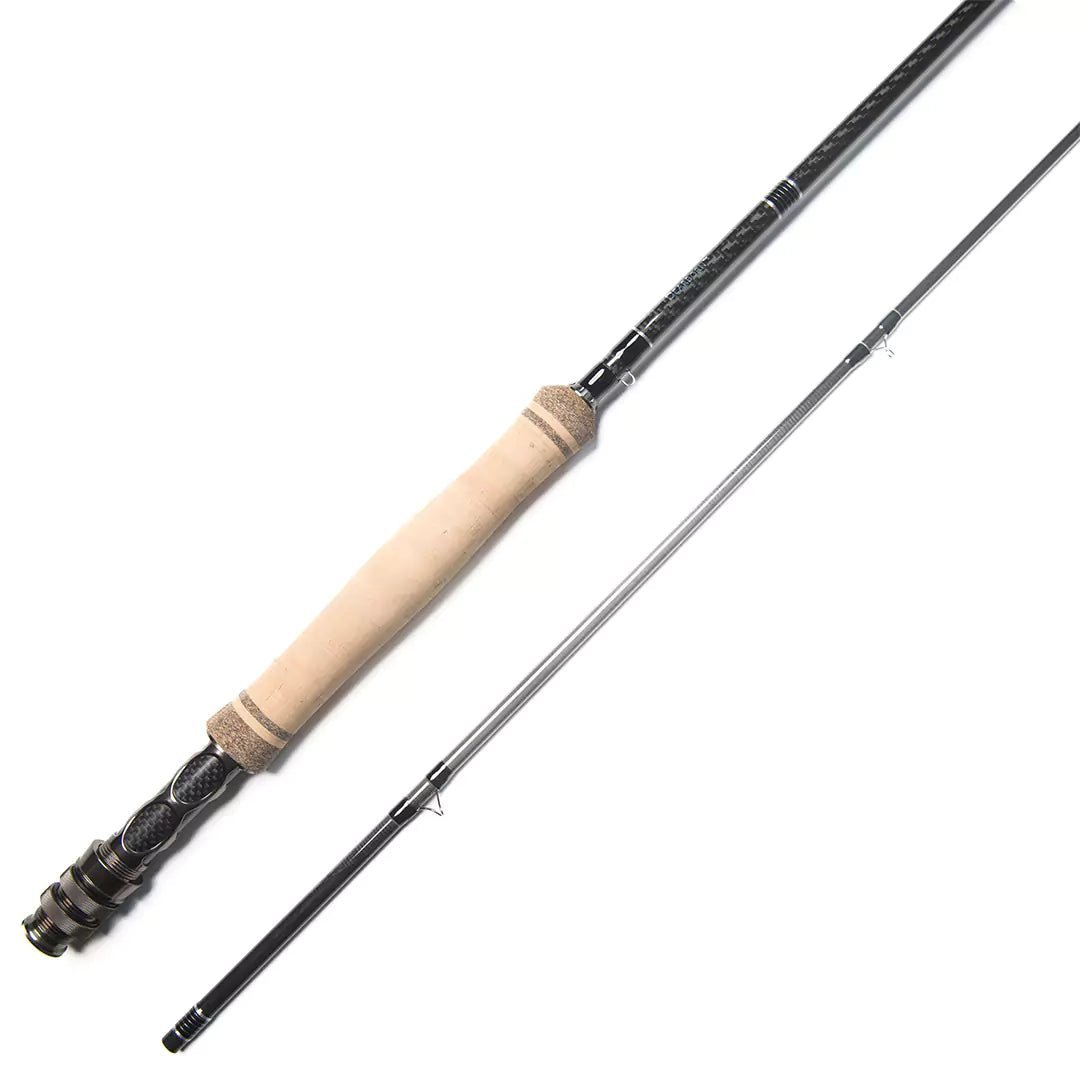
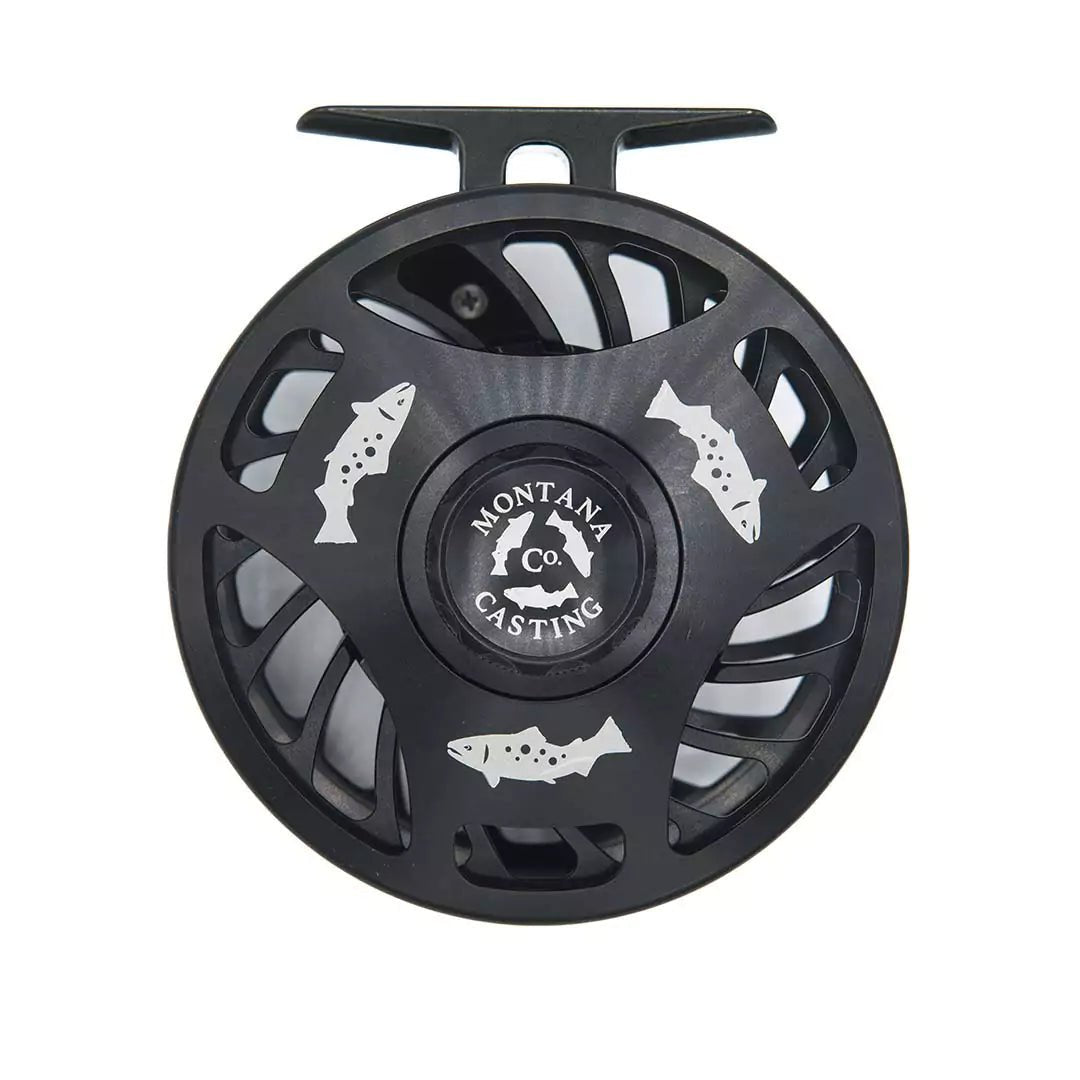
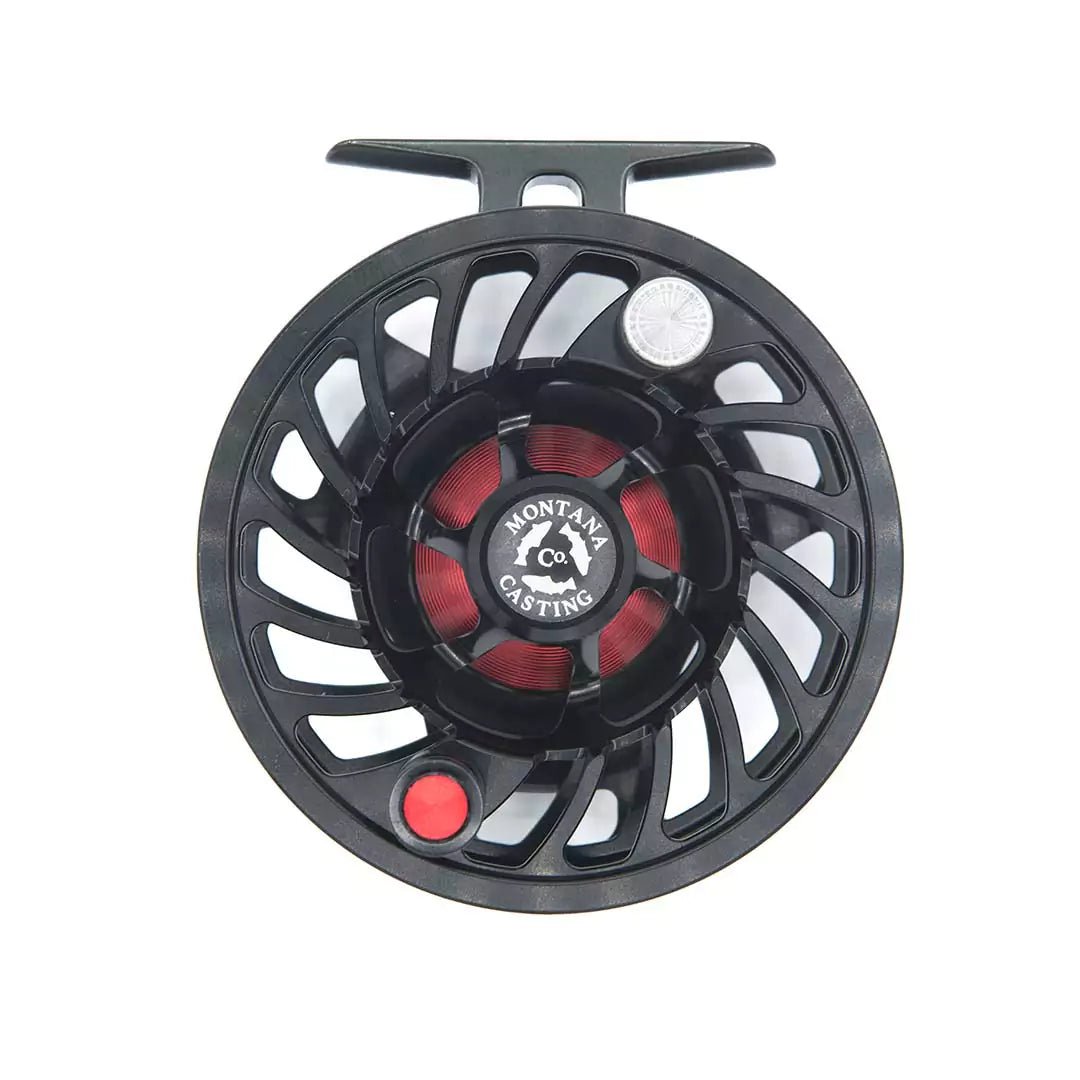
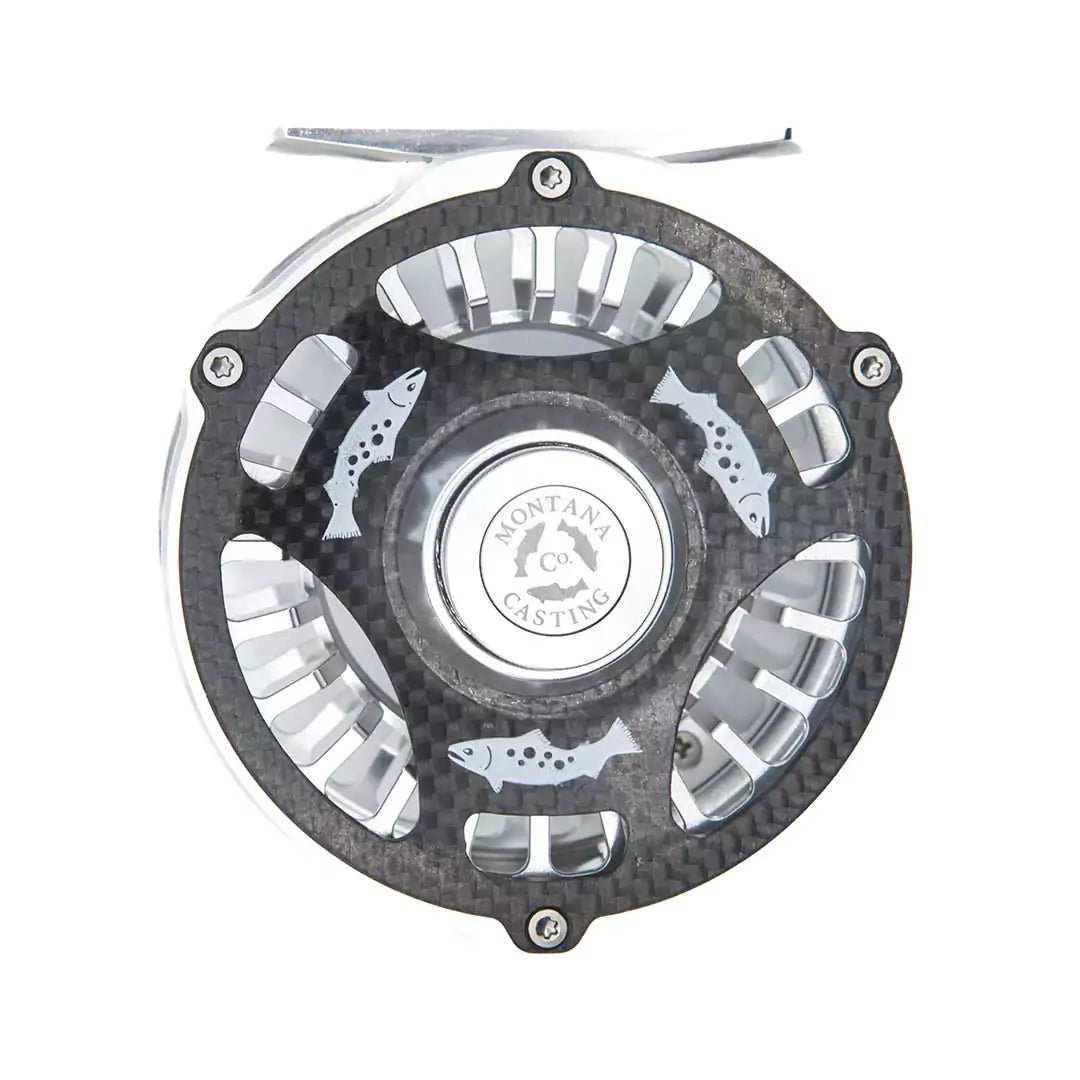

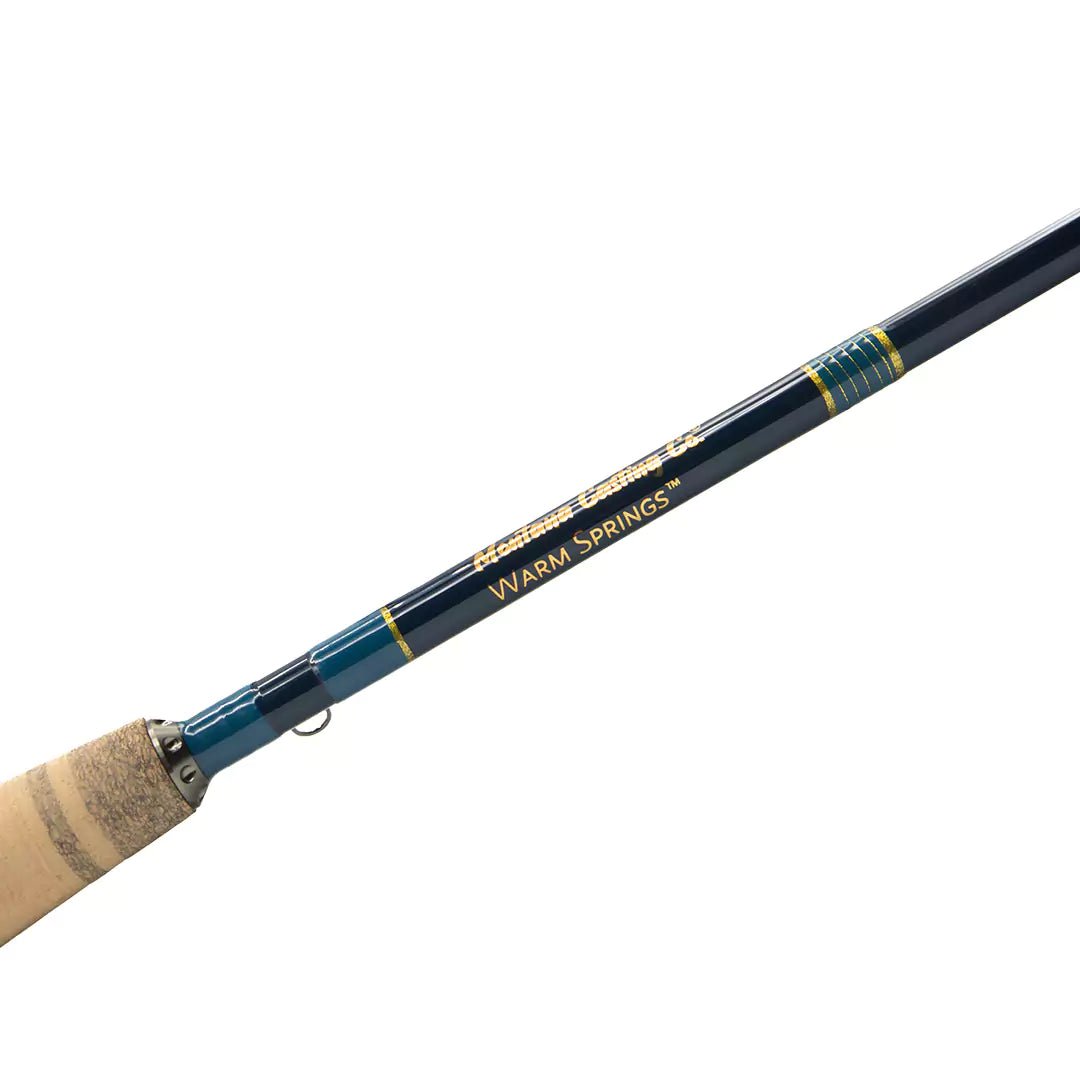
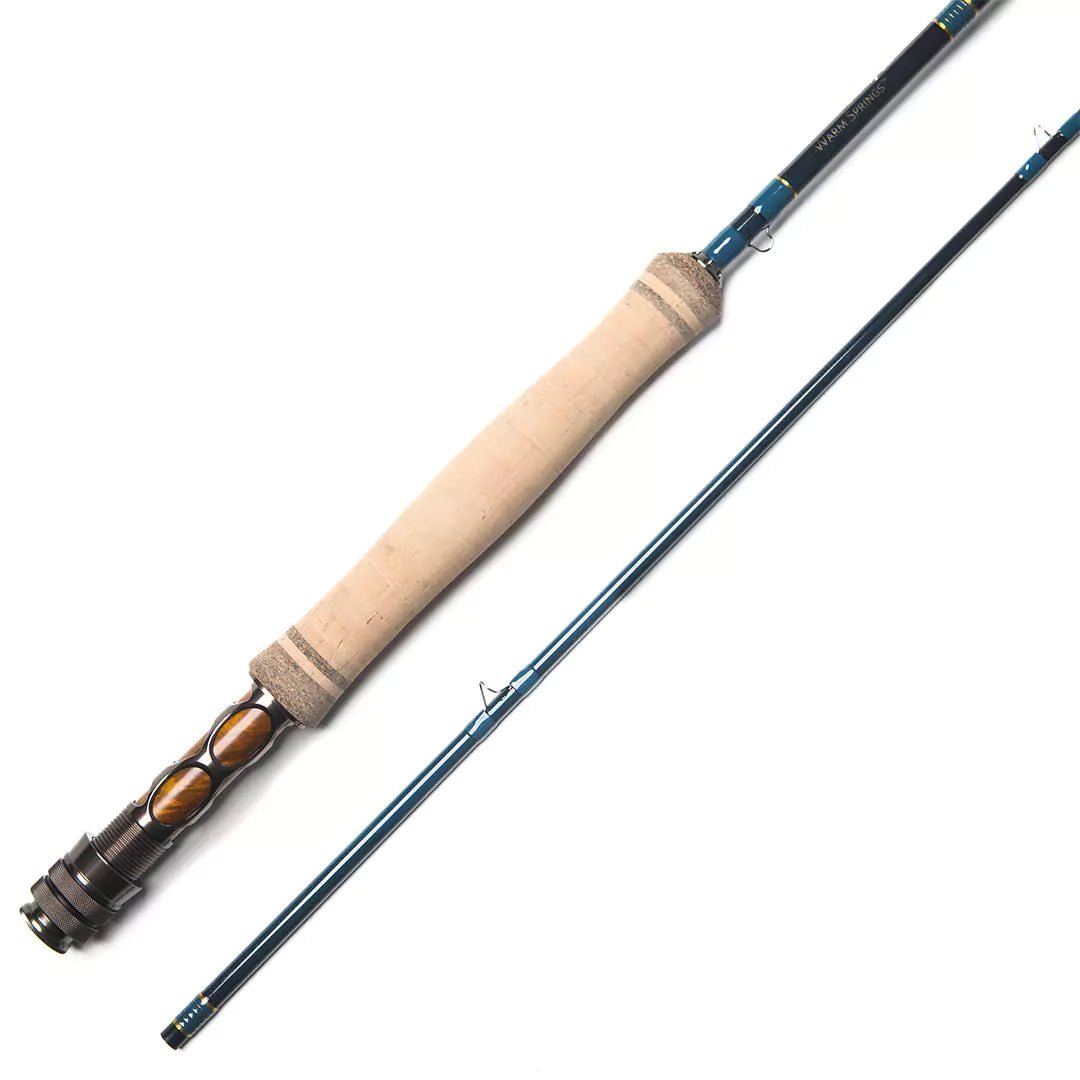
0 comments